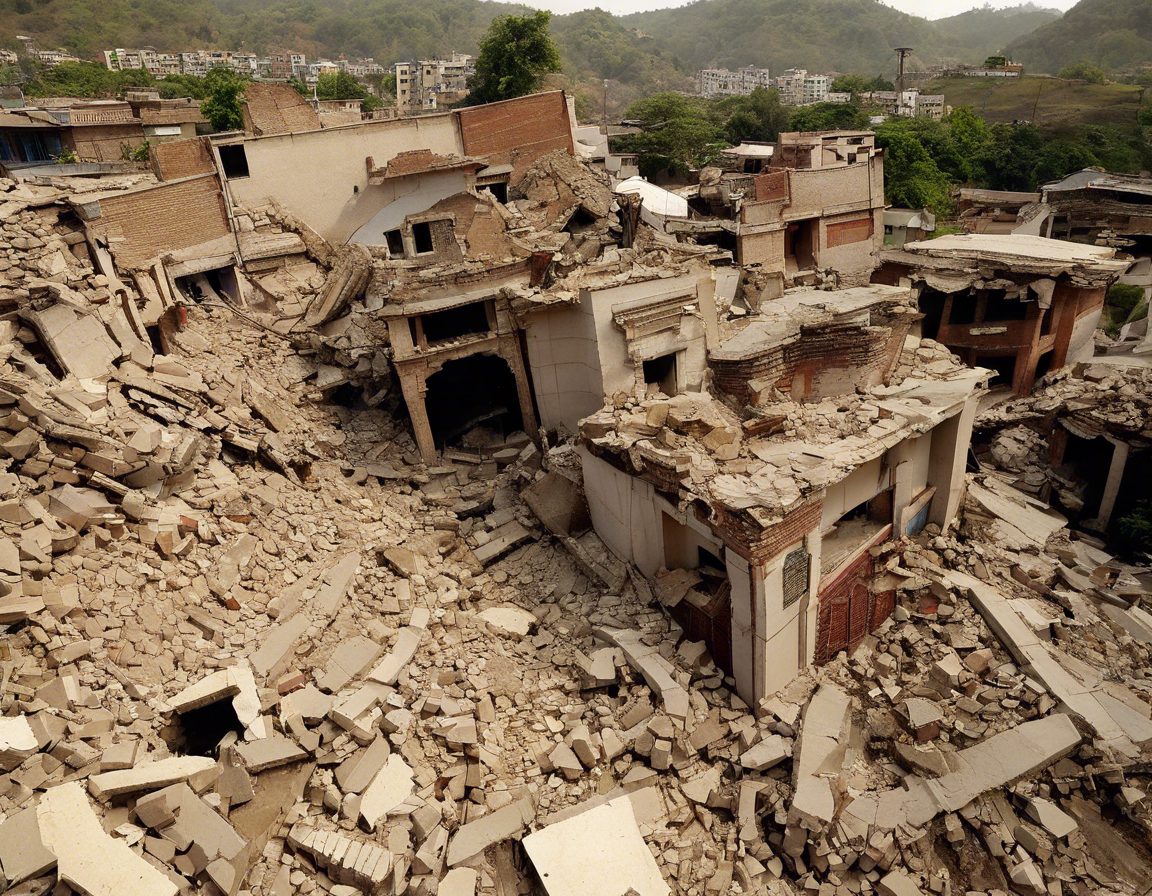As an expert blog post writer, I will delve into the topic of Seoni earthquake today. Natural disasters like earthquakes can be devastating and have long-lasting impacts on communities. In this update, we will explore the recent earthquake in Seoni and provide insights into its causes, effects, and possible safety measures that can be taken.
Understanding Earthquakes
Earthquakes are caused by the shifting of tectonic plates beneath the Earth’s surface. When stress along these plates is released, it results in seismic waves that we feel as tremors on the surface. Seismic activity is common in regions near fault lines, and India is no exception, with its long history of seismic incidents.
Seoni Earthquake: Overview
The recent earthquake in Seoni, India, has caused significant concern among residents and authorities. Seoni, a city in the state of Madhya Pradesh, experienced tremors measuring magnitude 4.5 on the Richter scale at a depth of 10 km. The earthquake struck at 7:30 AM local time and was followed by several aftershocks of lower intensity.
Causes of Earthquakes in Seoni
Seoni is situated in a seismically active zone, prone to earthquakes due to its proximity to the Narmada-Son Lineament and the Central Indian Tectonic Zone. The movement of the Indian Plate against the Eurasian Plate leads to stress buildup, eventually causing earthquakes.
Impact of Seoni Earthquake
The earthquake in Seoni has left a trail of destruction in its wake. Reports indicate damage to homes, buildings, and infrastructure, with some structures collapsing partially or completely. There have been casualties and injuries, with local hospitals overwhelmed by the influx of patients seeking medical attention.
Response and Relief Efforts
In the aftermath of the earthquake, local authorities have mobilized rescue and relief teams to assist those affected. Emergency services are working round the clock to search for survivors trapped under debris and provide medical aid to the injured. Temporary shelters have been set up for displaced families, with volunteers distributing food and essentials.
Safety Measures and Preparedness
While it is impossible to predict when an earthquake will strike, there are ways to minimize its impact through preparedness and safety measures. Here are some steps that individuals and communities can take to enhance their resilience to earthquakes:
- Create an Emergency Plan: Develop a family emergency plan that includes evacuation routes, meeting points, and contact information for emergencies.
- Secure Furniture: Anchor heavy furniture and appliances to the walls to prevent them from toppling during an earthquake.
- Emergency Supplies: Stock up on essential supplies such as food, water, first aid kits, and medicines to last several days.
- Educate Yourself: Learn about the risk of earthquakes in your region and how to respond during an earthquake (Drop, Cover, and Hold On).
FAQs on Seoni Earthquake
1. What Was the Magnitude of the Seoni Earthquake?
The earthquake in Seoni measured magnitude 4.5 on the Richter scale.
2. Where is Seoni Located in India?
Seoni is a city in the state of Madhya Pradesh, India.
3. Are Aftershocks Expected After the Main Earthquake?
Yes, aftershocks are common after a main earthquake and can occur days or even weeks following the initial event.
4. How Can I Stay Safe During an Earthquake?
During an earthquake, remember to Drop, Cover, and Hold On. Seek shelter under a sturdy piece of furniture and protect your head and neck.
5. What Should I Do After an Earthquake?
After an earthquake, check for injuries, damage to your surroundings, and follow evacuation orders if necessary. Stay informed through official channels for updates.
In conclusion, earthquakes are natural phenomena that can have profound implications on communities and infrastructure. It is essential for individuals and authorities to be prepared for such events through education, readiness, and swift response. The recent earthquake in Seoni serves as a reminder of the unpredictable nature of seismic activity and the importance of resilience in the face of disasters.
